Fast Growing June Plants: Dreaming of a lush, vibrant garden bursting with life by mid-summer? You’re not alone! For centuries, gardeners have sought ways to maximize their yields and create stunning displays in the shortest amount of time. From ancient Roman kitchen gardens to the meticulously planned landscapes of the Renaissance, the desire for quick results has always been a driving force in horticulture.
But let’s face it, waiting for plants to mature can feel like watching paint dry. That’s where the magic of fast growing June plants comes in! This article is your ultimate guide to selecting and nurturing those speedy bloomers that will transform your garden from drab to fab in a matter of weeks. I’m going to share some of my favorite DIY tricks and hacks that will not only accelerate growth but also ensure your plants thrive throughout the summer.
Why is this so important? Because life is busy! We all want to enjoy the beauty and bounty of a garden without spending countless hours tending to it. Plus, a quick burst of color and greenery can be incredibly uplifting, boosting your mood and creating a welcoming outdoor space. So, get ready to roll up your sleeves and discover the secrets to a flourishing June garden that will be the envy of the neighborhood!
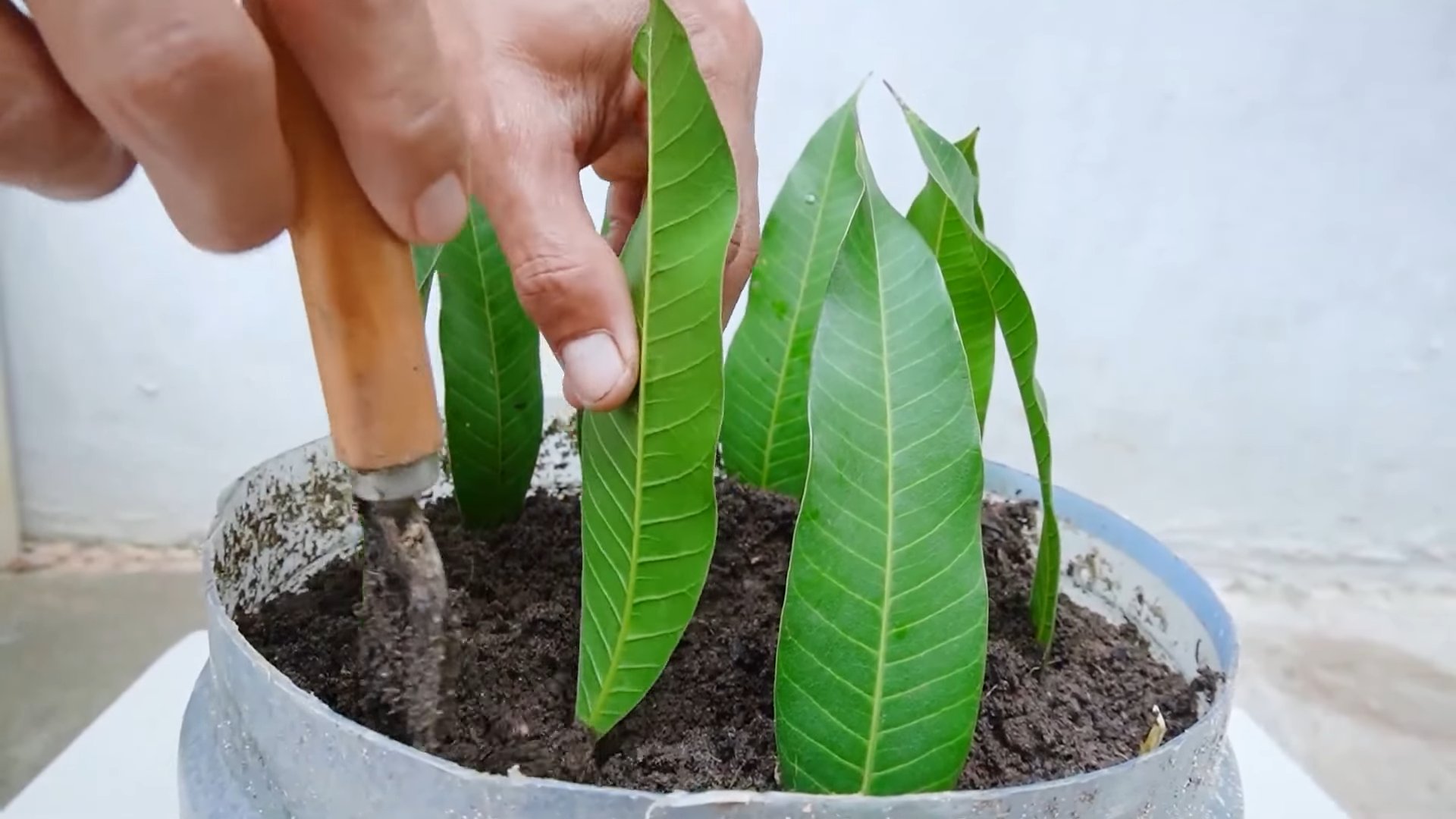
DIY Vertical Strawberry Tower for a Bountiful June Harvest
Hey there, fellow gardening enthusiasts! June is the perfect time to enjoy fresh, homegrown strawberries, and what better way to maximize your yield and garden space than with a DIY vertical strawberry tower? I’m going to walk you through creating your own strawberry tower, perfect for patios, balconies, or even small gardens. This project is relatively simple, cost-effective, and incredibly rewarding. Let’s get started!
Materials You’ll Need:
* Two sizes of PVC pipe: One large diameter (e.g., 6-inch) for the main tower and one smaller diameter (e.g., 2-inch) for watering. The length will depend on how tall you want your tower, but I recommend around 4-5 feet.
* Drill with various sized drill bits: For creating planting holes and drainage.
* Measuring tape or ruler: For accurate hole placement.
* Permanent marker: For marking the PVC pipe.
* Landscaping fabric or burlap: To line the inside of the large PVC pipe.
* Potting soil: A well-draining mix is crucial for healthy strawberry plants.
* Strawberry plants: Choose everbearing varieties for a continuous harvest throughout June and beyond! I personally love “Seascape” and “Albion.”
* Gravel or small stones: For drainage at the bottom of the tower.
* PVC pipe cutter or saw: To cut the PVC pipe to the desired length.
* Gloves: To protect your hands.
* Safety glasses: Always a good idea when drilling and cutting.
* Optional: PVC pipe cap for the bottom: To prevent soil from spilling out.
* Optional: PVC pipe glue: To secure the bottom cap (if using).
Step-by-Step Instructions:
Phase 1: Preparing the PVC Pipes
1. Cut the Large PVC Pipe: Using your PVC pipe cutter or saw, cut the large PVC pipe to your desired height. Remember to measure carefully! I went with 4.5 feet for mine. A straight, clean cut is important for stability.
2. Mark the Planting Holes: This is where the magic happens! Decide how many rows of strawberry plants you want. I aimed for about 5 rows, spaced roughly 8-10 inches apart vertically. Stagger the holes in each row for better light exposure and a more visually appealing look. Use your measuring tape and permanent marker to mark the center of each hole. I recommend making the holes about 3-4 inches in diameter.
3. Drill the Planting Holes: Now, carefully drill out the planting holes using a hole saw attachment or a large drill bit. Take your time and be precise. Support the pipe while drilling to prevent it from moving. Deburr the edges of the holes with a file or sandpaper to avoid damaging the strawberry plants later.
4. Prepare the Watering Pipe: Cut the smaller PVC pipe to the same length as the larger one. Drill small holes (about ¼ inch) all along the length of the pipe, spacing them about 2-3 inches apart. This will allow water to evenly distribute throughout the tower. I like to stagger these holes as well.
5. Optional: Add a Bottom Cap: If you’re using a PVC pipe cap for the bottom, apply PVC pipe glue to the inside of the cap and the bottom of the large PVC pipe. Securely attach the cap and let it dry completely according to the glue manufacturer’s instructions. This will prevent soil from leaking out.
Phase 2: Assembling the Strawberry Tower
6. Line the Large PVC Pipe: This step is crucial for preventing soil from washing out through the planting holes. Cut the landscaping fabric or burlap to a length slightly longer than the large PVC pipe. Wrap it around the inside of the pipe, overlapping the edges. Secure the fabric with staples or duct tape along the seam. Make sure the fabric covers all the planting holes from the inside.
7. Add Drainage: Pour a layer of gravel or small stones (about 4-6 inches) into the bottom of the large PVC pipe. This will improve drainage and prevent the soil from becoming waterlogged.
8. Insert the Watering Pipe: Place the smaller PVC pipe (the one with the holes) in the center of the large PVC pipe, standing it upright. This will be your watering system.
9. Start Filling with Potting Soil: Begin filling the large PVC pipe with your well-draining potting soil. As you fill, gently pack the soil around the watering pipe to ensure it’s stable.
Phase 3: Planting the Strawberries
10. **Plant the First Row:** Once you reach the level of the first row of planting holes, carefully insert your strawberry plants. Gently tease the roots apart and position the plant so that the crown (where the leaves emerge) is just above the soil level. Add more soil around the plant to secure it in place.
11. **Continue Planting:** Repeat step 10 for each row of planting holes, working your way up the tower. Be sure to stagger the plants for optimal sunlight exposure.
12. **Top Off with Soil:** Once all the planting holes are filled with strawberry plants, top off the tower with potting soil, leaving a few inches of space at the top for watering.
13. **Water Thoroughly:** Water the strawberry tower thoroughly using the watering pipe. This will help settle the soil and ensure that the plants are well-hydrated.
Phase 4: Maintenance and Care
14. **Sunlight:** Place your strawberry tower in a location that receives at least 6-8 hours of sunlight per day. Strawberries thrive in full sun.
15. **Watering:** Water regularly, especially during hot, dry weather. Use the watering pipe to distribute water evenly throughout the tower. Check the soil moisture regularly and water when the top inch feels dry.
16. **Fertilizing:** Feed your strawberry plants with a balanced fertilizer every 2-3 weeks. Follow the instructions on the fertilizer packaging. I like to use a liquid fertilizer diluted in water.
17. **Pest Control:** Keep an eye out for pests such as aphids, slugs, and snails. Handpick them off the plants or use organic pest control methods.
18. **Harvesting:** Harvest your strawberries when they are fully ripe and red. Gently twist the berries off the plant, leaving the green cap attached.
19. **Pruning:** Remove any dead or yellowing leaves to promote healthy growth.
Tips for Success:
* Choose the Right Strawberry Variety: Everbearing varieties are best for continuous harvesting throughout the season. Day-neutral varieties are also a good option.
* Use High-Quality Potting Soil: A well-draining potting mix is essential for preventing root rot.
* Don’t Overwater: Overwatering can lead to root rot and other problems. Check the soil moisture regularly and water only when needed.
* Protect from Frost: If you live in an area with late frosts, protect your strawberry tower with a frost blanket.
* Rotate Your Plants: After a few years, the soil in your strawberry tower may become depleted. Consider rotating your plants to a new location or refreshing the soil.
* Consider adding a trellis: As the plants grow, they might need some support. A small trellis attached to the tower can help keep the berries off the ground and prevent them from rotting.
Troubleshooting:
* Yellowing Leaves: This could be a sign of overwatering, nutrient deficiency, or pest infestation. Adjust your watering schedule, fertilize your plants, and inspect them for pests.
* Lack of Fruit: This could be due to insufficient sunlight, poor pollination, or nutrient deficiency. Make sure your strawberry tower is in a sunny location, hand-pollinate the flowers if necessary, and fertilize your plants.
* Root Rot: This is caused by overwatering. Ensure that your potting soil is well-draining and avoid overwatering.
Why I Love This Project:
I absolutely love this DIY vertical strawberry tower because it’s such a space-saver and it’s so easy to harvest the berries. Plus, it looks really cool on my patio! It’s a great way to enjoy fresh, homegrown strawberries even if you don’t have a lot of garden space. And honestly, there’s nothing quite like the taste of a strawberry you’ve grown yourself. I hope you enjoy building your own strawberry tower and reaping the delicious rewards! Happy gardening!
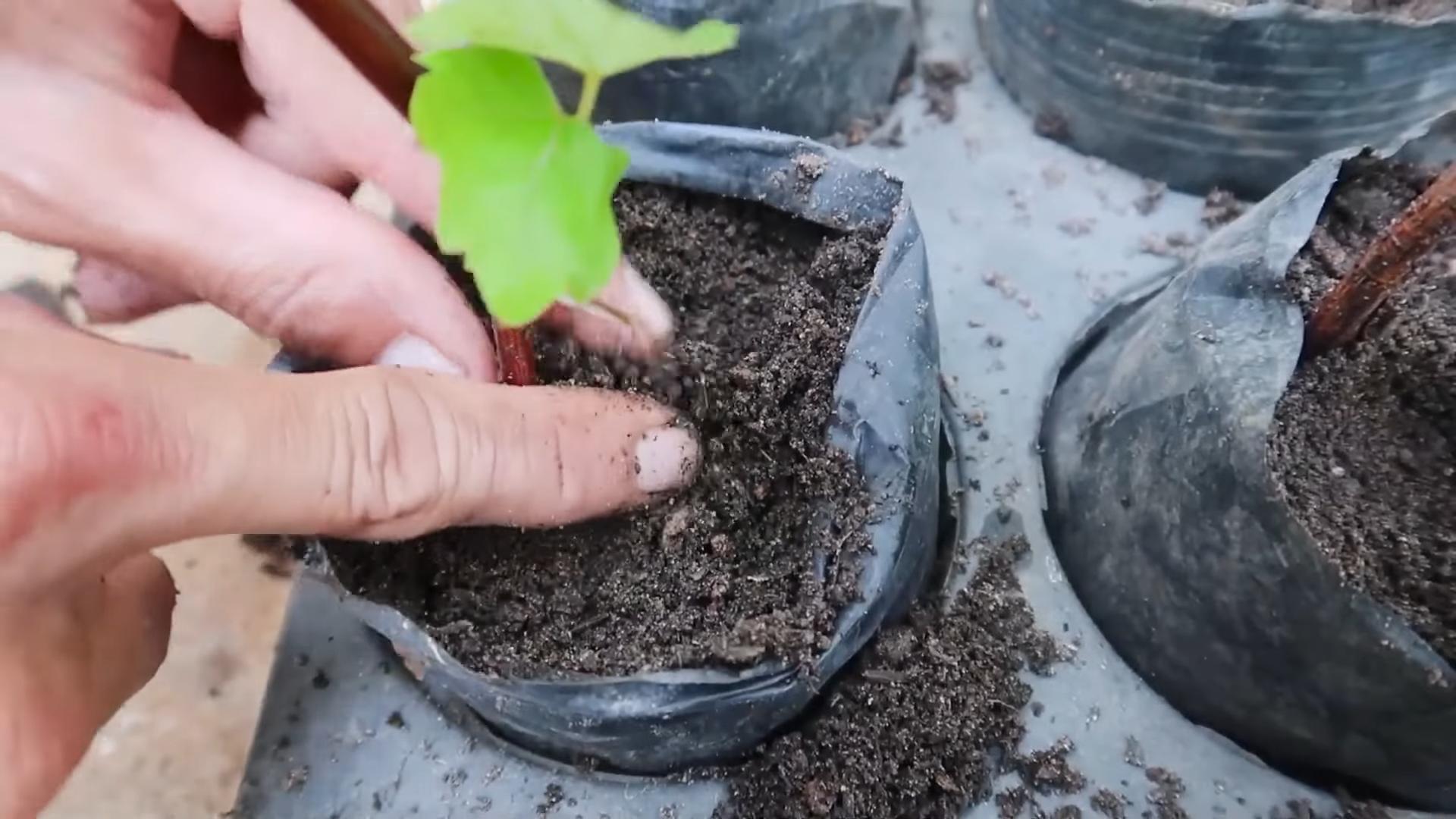
Conclusion
So, there you have it! This simple yet incredibly effective DIY trick for nurturing your fast growing June plants is a game-changer for any gardener, regardless of experience level. We’ve walked you through the process, highlighting the ease and affordability of creating your own nutrient-rich solution. But why is this a must-try?
Firstly, it’s about control. You know exactly what’s going into your plants, avoiding harsh chemicals and mysterious ingredients often found in commercial fertilizers. This is especially important if you’re growing edibles and want to ensure a healthy, organic harvest. Secondly, it’s about cost-effectiveness. The ingredients are readily available and often things you already have at home, making this a budget-friendly alternative to expensive store-bought options. Finally, and perhaps most importantly, it’s about results. Witnessing your June plants thrive and flourish under your care, fueled by your own homemade concoction, is an incredibly rewarding experience.
But don’t stop there! Experiment with variations to tailor the solution to your specific plants’ needs. For example, if you’re growing tomatoes, consider adding a small amount of Epsom salts to the mix for an extra boost of magnesium, which is crucial for fruit production. For leafy greens, a slightly higher nitrogen content might be beneficial. Research your specific plant varieties and adjust the recipe accordingly. You can also try different ratios of the base ingredients to see what works best in your garden’s unique environment. Perhaps you find that your soil benefits from a slightly more acidic solution, or that your plants respond better to a less concentrated mixture. The beauty of this DIY approach is the flexibility it offers.
We’re confident that this DIY trick will transform your gardening experience and help you achieve lush, vibrant growth in your June plants. It’s a simple, sustainable, and satisfying way to connect with nature and nurture your green thumb.
Now, we urge you to give it a try! Don’t be intimidated – it’s easier than you think. Gather your ingredients, follow the steps outlined, and prepare to be amazed by the results. And most importantly, share your experience with us! We’d love to hear about your successes, your challenges, and any variations you’ve discovered. Post photos of your thriving plants, share your tips and tricks, and join the community of gardeners who are embracing this natural and effective approach to plant care. Let’s grow together!
Frequently Asked Questions (FAQ)
What kind of plants will benefit from this DIY trick?
This DIY trick is particularly beneficial for fast growing June plants that require a good amount of nutrients to support their rapid growth. This includes many flowering annuals, vegetables like tomatoes, cucumbers, and zucchini, and leafy greens such as lettuce and spinach. However, it’s always a good idea to research the specific needs of your plants to ensure that the solution is appropriate for them. Some plants, like succulents and cacti, prefer drier conditions and may not benefit from frequent watering with this nutrient-rich solution.
How often should I apply this DIY solution to my plants?
The frequency of application depends on several factors, including the type of plant, the soil conditions, and the weather. As a general guideline, you can apply the solution every 1-2 weeks during the active growing season (typically June and the surrounding months). However, it’s crucial to observe your plants closely and adjust the frequency accordingly. If you notice signs of over-fertilization, such as yellowing leaves or stunted growth, reduce the frequency or dilute the solution further. Conversely, if your plants appear to be lacking nutrients, you may need to apply the solution more often. Remember, it’s always better to err on the side of caution and start with a less frequent application.
Can I use this solution on seedlings or newly transplanted plants?
Yes, but with caution. Seedlings and newly transplanted plants are more sensitive to nutrient imbalances than established plants. Therefore, it’s essential to dilute the solution significantly before applying it to young plants. A good starting point is to dilute the solution to half or even a quarter of its original strength. You can also apply the solution less frequently, perhaps once every 2-3 weeks. As the plants mature and become more established, you can gradually increase the concentration and frequency of application.
What are the signs of over-fertilization?
Over-fertilization can manifest in several ways, including:
* Yellowing leaves: This is often the first sign of over-fertilization, particularly along the edges of the leaves.
* Stunted growth: Excessive nutrients can actually inhibit growth, leading to smaller plants and reduced yields.
* Wilting: Even with adequate watering, over-fertilized plants may wilt due to the high salt content in the soil.
* White crust on the soil surface: This is a sign of salt buildup from excessive fertilizer application.
* Root burn: In severe cases, over-fertilization can damage the roots, leading to root rot and plant death.
If you notice any of these signs, immediately stop applying the solution and flush the soil with plenty of water to remove excess nutrients.
Can I store the leftover solution for later use?
Yes, you can store the leftover solution in a sealed container in a cool, dark place for up to a week. However, it’s best to use the solution as soon as possible to ensure that the nutrients remain fresh and potent. Over time, the solution may lose its effectiveness or even become contaminated with bacteria or fungi. If the solution develops a foul odor or shows signs of spoilage, discard it immediately.
What if I don’t have all the ingredients listed in the recipe?
While the specific ingredients listed in the recipe are recommended for optimal results, you can often substitute them with similar ingredients. For example, if you don’t have compost tea, you can use a diluted liquid fertilizer or a seaweed extract. If you don’t have molasses, you can use honey or maple syrup as a substitute. The key is to understand the purpose of each ingredient and find a suitable alternative that provides similar nutrients. However, be mindful of the potential impact of substitutions on the overall nutrient balance of the solution.
Is this DIY solution safe for pets and children?
While the ingredients used in this DIY solution are generally considered safe, it’s always best to exercise caution when using any fertilizer around pets and children. Keep the solution out of reach of children and pets, and avoid applying it in areas where they frequently play or graze. If your pet or child ingests the solution, contact your veterinarian or physician immediately.
Can I use this solution on indoor plants?
Yes, you can use this solution on indoor plants, but it’s essential to dilute it even further than you would for outdoor plants. Indoor plants typically require less fertilizer than outdoor plants, and over-fertilization can be a common problem. Start with a very diluted solution (e.g., one-quarter strength) and apply it sparingly. Also, be sure to monitor your plants closely for signs of over-fertilization and adjust the frequency and concentration accordingly.
How does this DIY solution compare to commercial fertilizers?
This DIY solution offers several advantages over commercial fertilizers. It’s more affordable, environmentally friendly, and allows you to control the ingredients that go into your plants. Commercial fertilizers often contain synthetic chemicals that can harm the environment and disrupt the natural balance of the soil. They can also be expensive and may not be tailored to the specific needs of your plants. However, commercial fertilizers can be more convenient to use and may provide a more consistent nutrient balance. Ultimately, the best choice depends on your individual needs and preferences.
What kind of results can I expect to see?
With consistent application of this DIY solution, you can expect to see several positive changes in your fast growing June plants. This includes increased growth rate, more vibrant foliage, more abundant blooms, and improved overall health. However, it’s important to remember that results may vary depending on the type of plant, the soil conditions, and the weather. Be patient and persistent, and you’ll be rewarded with a thriving garden.

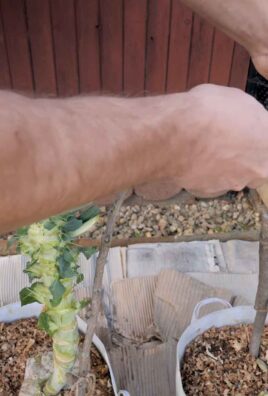
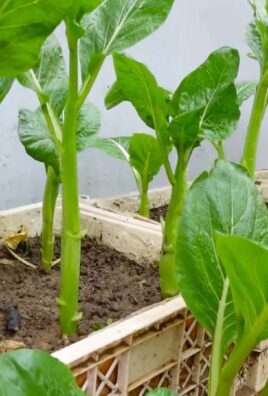
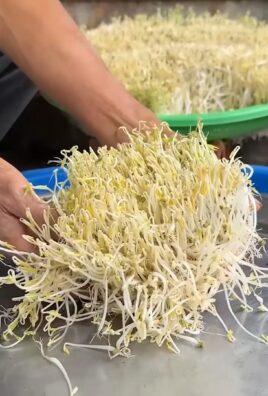
Leave a Comment